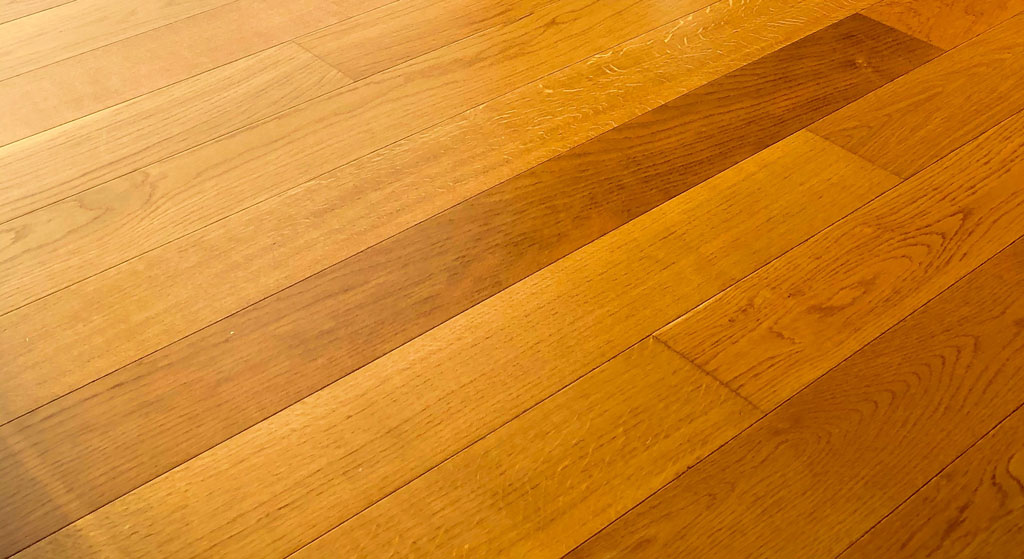Hardwood Flooring Maintenance
Hardwood flooring is many people’s preferred flooring choice as it adds beauty and elegance to your home. Wood flooring is stylish and long lasting. And, hardwood floors can add value to your home.
Maintaining your hardwood floors is important, and one of the most important aspects is keep your floors clean because dirt and debris can scratch and wear down your hardwood floors.
Vacuuming can definitely help in this pursuit, but you do want to be careful about the vacuum cleaner you pick. Believe it or not, some vacuums can actually damage your hardwood floors.
But, with the right vacuum, you’ll be able to properly care and maintain your floors for years to come. You’ll have a clean home and keep the luster of your new hardwood flooring. When you have the right tools at hand, cleaning hardwood floors becomes a breeze.
What is the best type of vacuum for hardwood floors?
The reluctance to buy a new vacuum is understandable, especially if your current vacuum still works. But, this can be a mistake, as most top rated vacuums are designed to clean carpet. Your hardwood floors need more care.
Here are the 2 big issues:
First, most traditional vacuums have roller brushes with thick bristles, and these can leave scratches on your hardwood floors. In addition, the beater brush can also scatter dirt and debris, making it even more difficult to clean.
Vacuums designed for carpets tend to have plastic wheels, and these can easily scratch up wood surfaces. (see my article on how to prevent scratches in hardwood floors…you’ll see that wheels can be one of the worst things for hardwood floors). Additionally these vacuum wheels also lack the padding needed to further prevent damage.
See our Miele Blizzard Cx1 Cat & Dog, Bagless vacuum with canister. Recommended by Consumer reports as a best type of vacuum for hardwood flooring.
Frequently Asked Questions About Vacuum Cleaners
- How often should I vacuum my hardwood floors? Generally you should vacuum twice a week in high traffic areas, and once a week in moderate to light traffic areas.
- How many vacuum strokes should I do?
For a thorough clean, 6-7 vacuum strokes is ideal for heavy traffic areas (e.g. entryway, family room, kitchen, etc.). For lower traffic areas, 3-4 strokes should suffice. - What is a HEPA vacuum?
HEPA stands for High-Efficiency Particulate Air, and these vacuums differ from conventional vacuums in that they contain filters that can trap extremely small, micron-sized particles. It traps bacteria, pollen, dust and other allergens. - Should you use a steam vacuum or steam mop on hardwood floors?
No. Never use a steam vacuum on hardwood floors. The moisture (as well as the heat) can damage the hardwood floors and finish. These can also result in boards separating. And, you should know that if you use one, it will invalidate the warranty on most hardwood floors. You are much safer with a microfiber mop and vacuum specifically designed for hardwood.
Final thoughts on hardwood flooring vacuums
Choosing the right hardwood flooring vacuum can make a big difference on keeping your floors clean and helping them last longer.
Contact us for vacuuming questions and concerns. We’d love to hear from you!
The copy in this post came from this excellent article by The Flooring Girl. It covers many of the questions we regularly get asked in the store when it comes to hardwood floor cleaning and care.
Read the full article here.
Photo by Asier Gil on Unsplash




